Written by Lorrie Reynolds
Categories
Everyone who teaches ultra-competitive agility will tell you this:
“You can’t be competitive if you don’t have running contacts.”
But today, I want to throw a little “brutal honesty” out there and give you my best piece of advice regarding contacts:
Unless you’re aiming for world team or expect to be a contender for first place at a national competition, running contacts are probably not the best choice for your team.
There, I said it. I’m expecting to see some outraged comments, but if you have an open mind, let me explain.
WHAT YOU NEED FOR RUNNING CONTACTS IN DOG AGILITY
Solid, consistently successful running contacts require these things:
- Frequent access to contact equipment (once per week won’t cut it)
- Lots of training time for repetitions, repetitions, repetitions
- Exceptional directional commands at the exit, or a handler who can keep up with her dog
- An experienced handler with a good enough “eye” to only reward performances that meet criteria
So why is this important?
Because most of us don’t have either the time, dedication, experience, or access to really teach running contacts successfully. (Including myself in the whole “time” category).
That means many handlers spend YEARS trying unsuccessfully to teach their dogs running contacts, becoming more and more frustrated as they throw money away at trials on non-qualifying runs. It’s heartbreaking. And retraining is always harder than training something from the start.
So, back to my advice. Unless you have everything on that “required” list, teach your dog a solid stopped contact that can be transformed into a quick-release after your dog has some ring time under his belt.
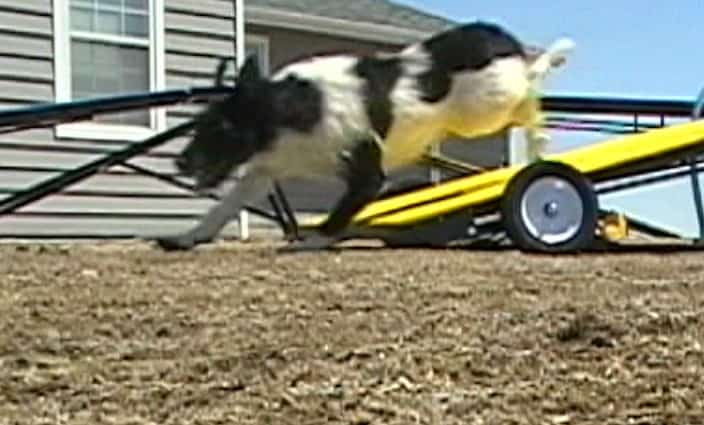
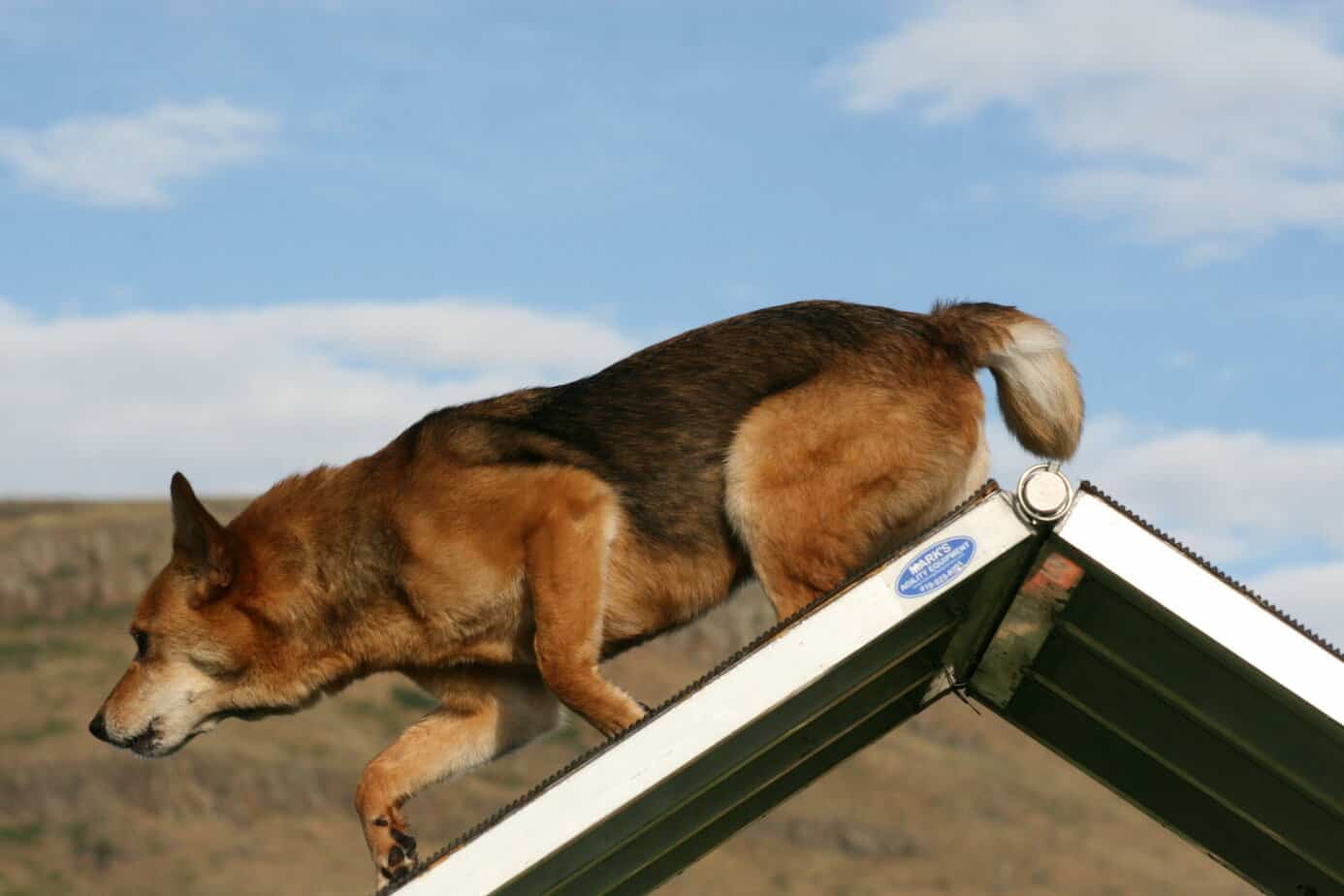
DOES MY AGILITY DOG NEED RUNNING CONTACTS?
Fun fact – in 2016 and 2018 at NADAC Championships, only one of the top three dogs in my class had running contacts, and it wasn’t mine.
Stopped contacts are the best choice for 80% of agility teams. You’ll be more successful and get to the top faster with consistent stopped contacts than you will with hit-or-miss running.
That’s my biggest tip for teaching contacts. Hope it helps with your decision.
You Might Also Like…
Five Ways to Crush It at Your Next Dog Agility Seminar
Going to a dog agility training seminar? Check out these five tips to maximize your return on investment!
Is Your Agility Dog a Pinto or a Ferrari?
If you’ve moved up from a slow or moderately-fast agility dog to a speed racer, here’s some advice to make your life easier.
Dog Training Safety: Why You Need an Experienced Instructor
An experienced instructor for agility, tricks, conditioning, and other dog sports can save you headaches and heartaches in the future.
Cover photo courtesy of Dog Agility Photos for Fun.
Third photo courtesy of Stover Photography.
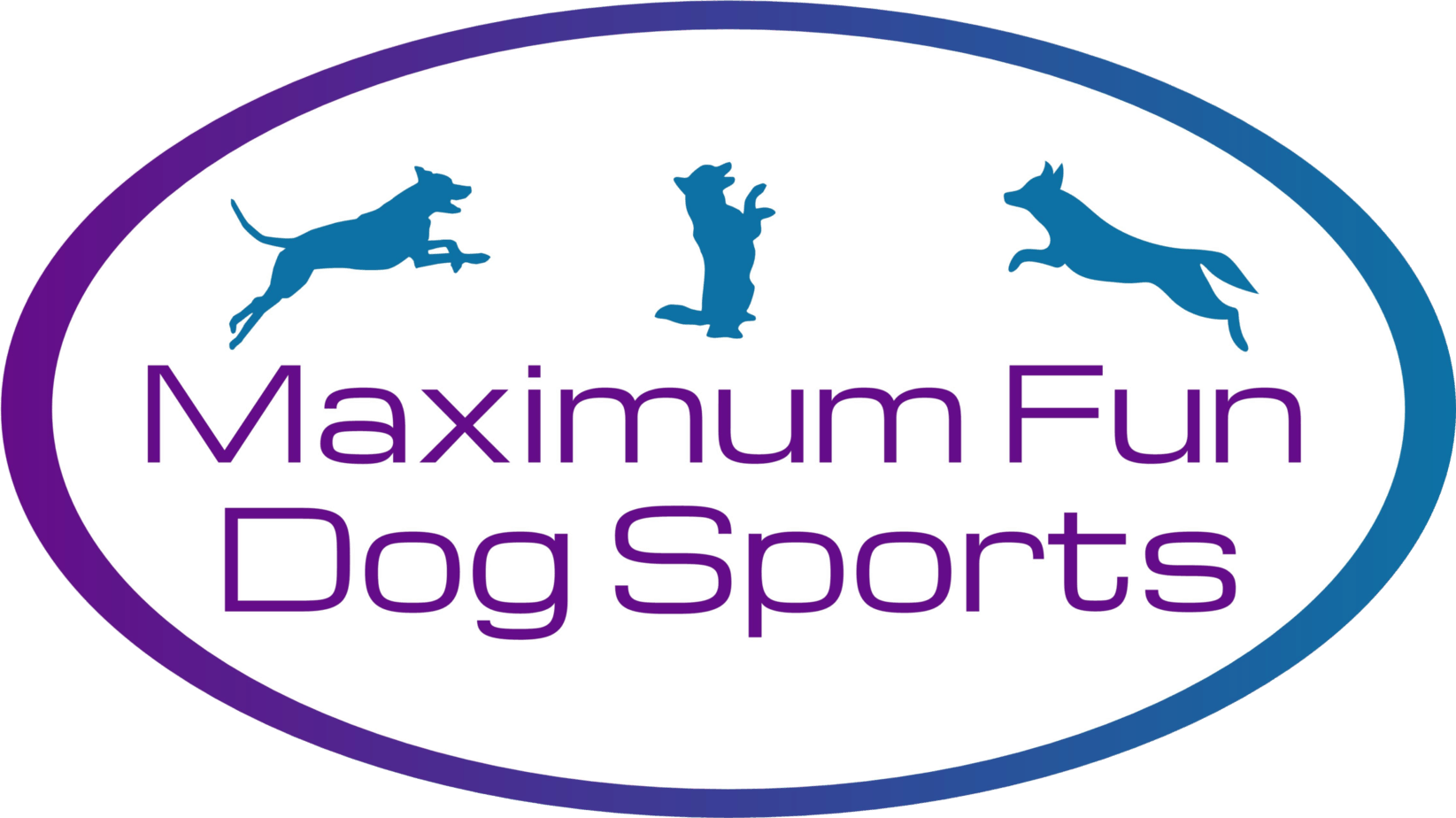
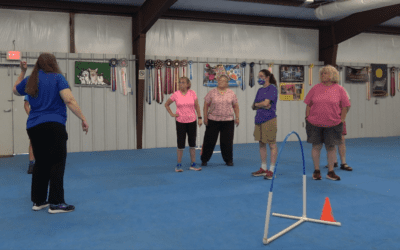
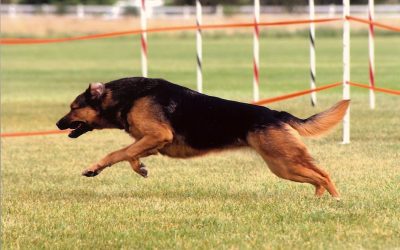
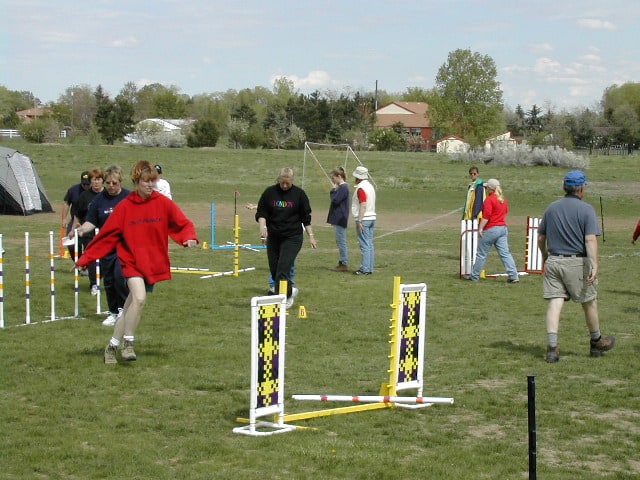
0 Comments